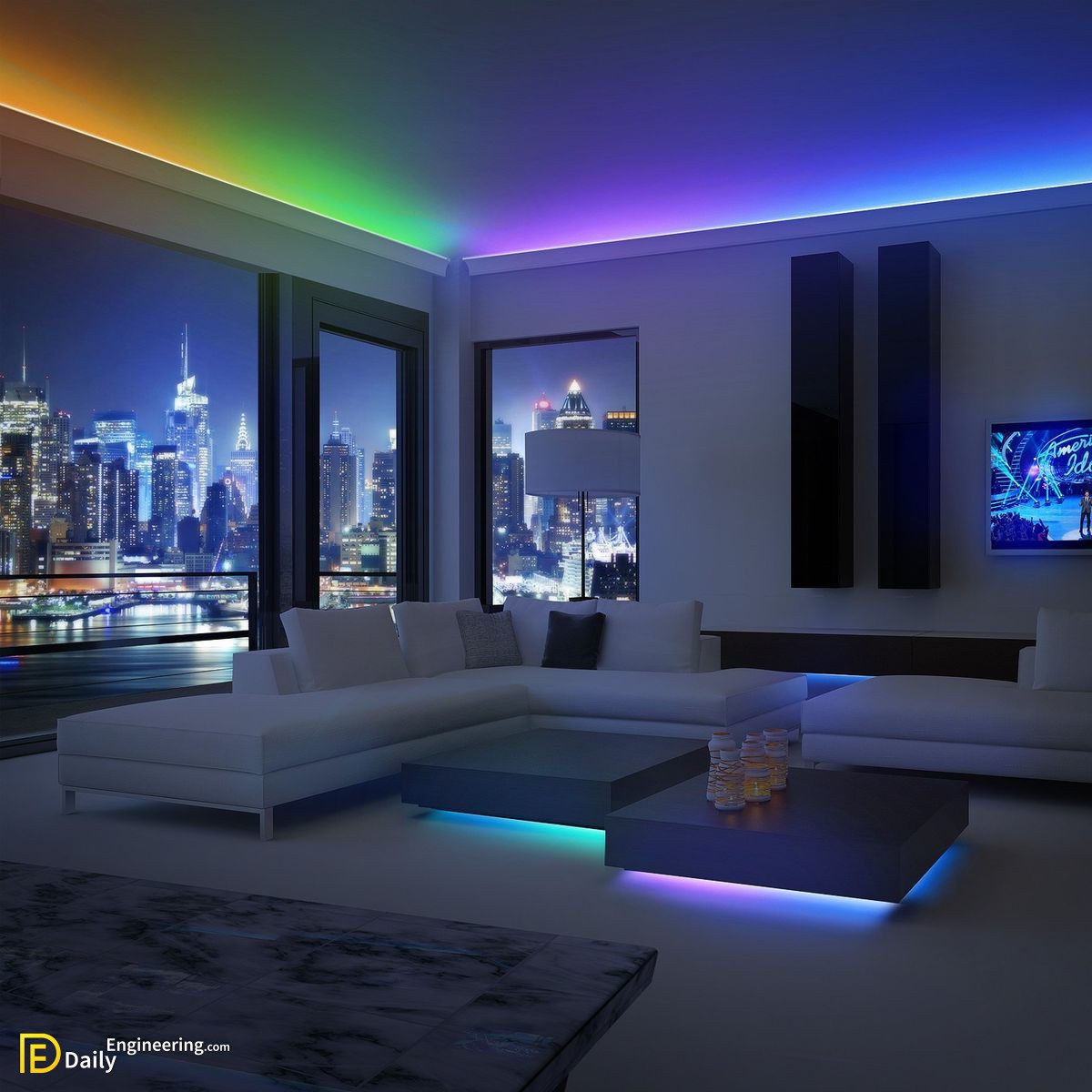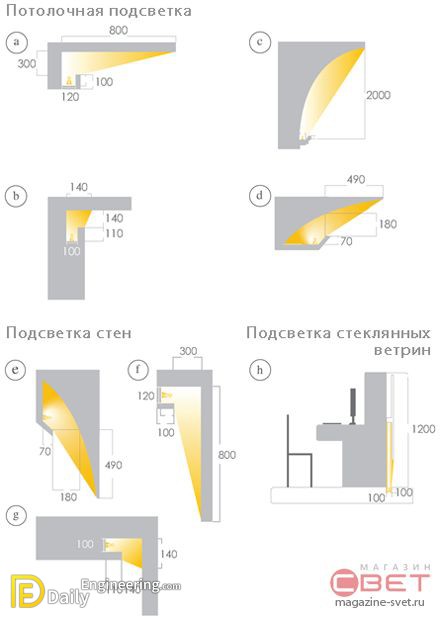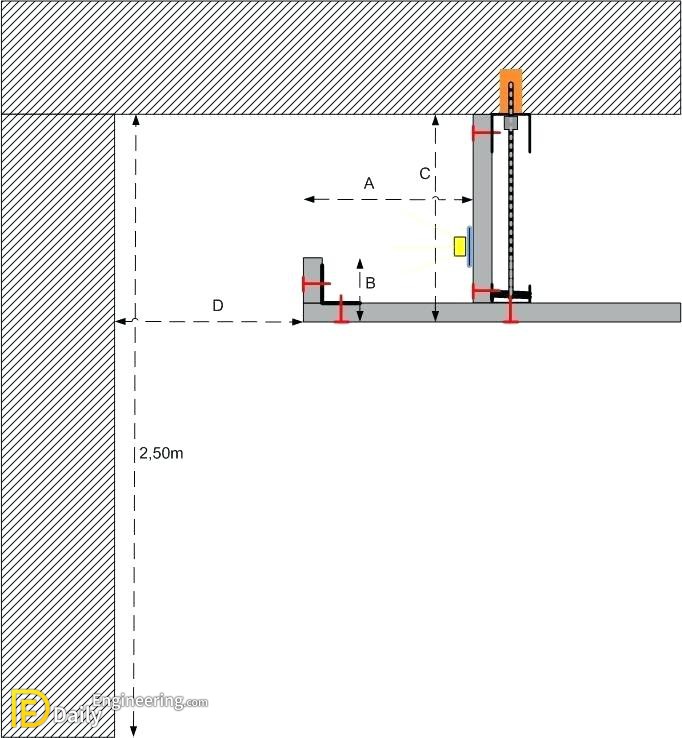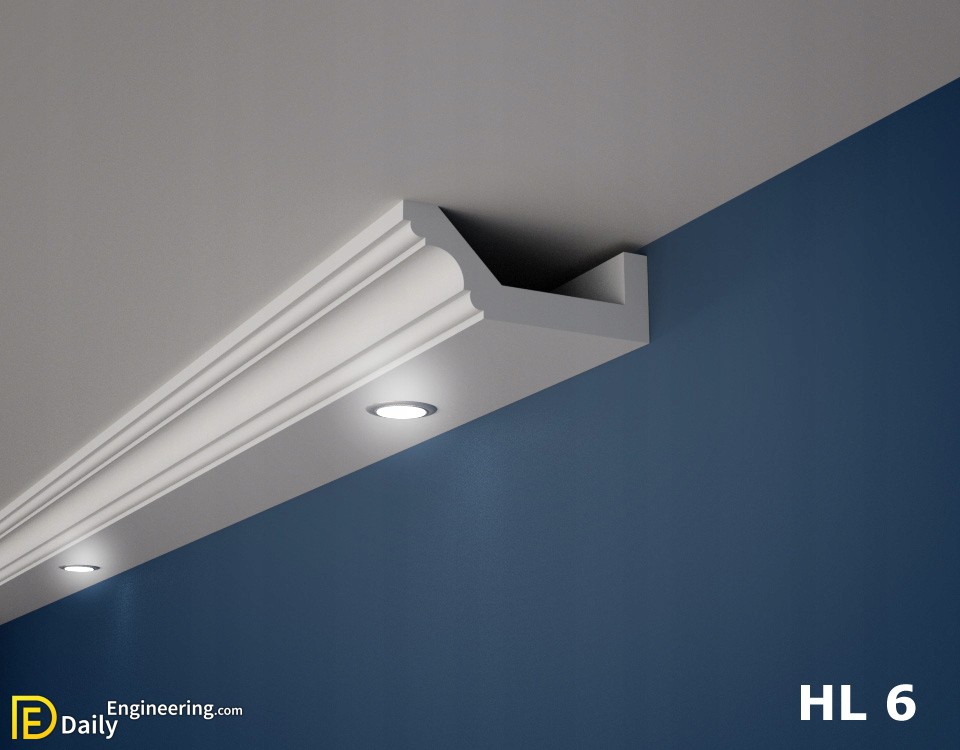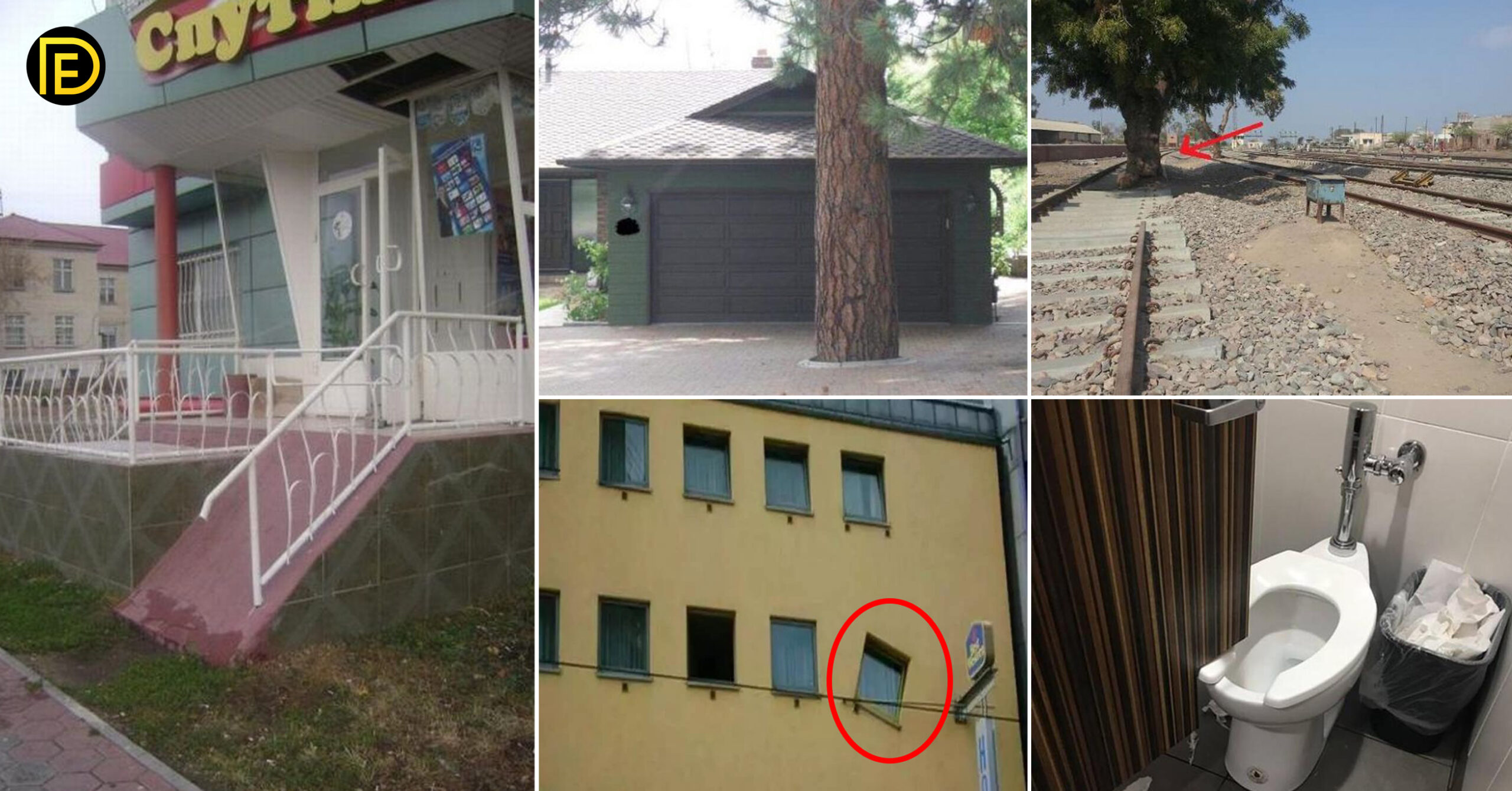Cove lighting is one of the basic lighting techniques, a type of uplighting that directs light to the ceiling plane from a cove on one or more sides of a room to provide overall diffuse illumination. It is also referred to as ambient luminescence. Cove lighting is typically mounted to or incorporated into a wall, but it can also be located within a ceiling coffer.
Some things to consider when setting up a cove lighting detail
1- Be aware of how you are positioning the fixtures. Any joints or gaps between fixtures will show up in the light pattern. Socket shadows (dark spots at the end of a lamp) can be eliminated by placing fixtures end-to-end, in a staggered or a slanted arrangement. Depending on source selection, make sure to use the appropriate spacing between fixtures as well as the positioning from the back wall of the cove.
2- The top of the lamp should be level with the cove fascia; if not, it will create shadow lines.
3. To prevent sharp cutoff lines, stop a cove short of the end wall.
4- Generally, the ceiling surface should be a high-reflectance matte or satin finish surface. The inside surface of the cove should be flat white. This minimizes specular reflections.
5- As a cove nears the end wall, maintain a minimum clearance of 12 inches at inside corners to prevent hot spots.
6- As the cove’s distance from the ceiling plane increases, the uniformity of the ceiling brightness will also increase.







